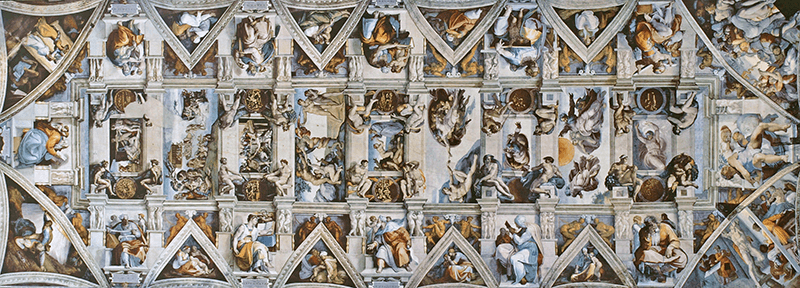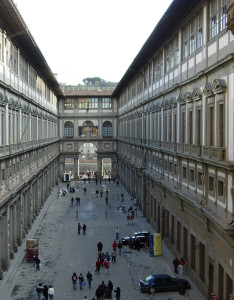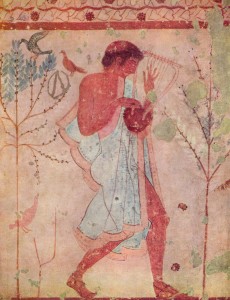Italian art overview

Italy has long been the central focus of world history, Italian art in particular, and cultural advancement and exchange. In addition, Italian museums, art collections and major historical venues and sites reveal, display, honor and celebrate important works of art and artifacts from countless global civilizations, all of which have contributed to the multicultural diversity and enrichment of outstanding world culture and great artistic expression combined.
Throughout Italy, magnificent art works, architecture and stunning sites of great historical significance abound, and life itself is considered an art form. Cities of great prominence as artistic centers include Rome, Florence, Venice, Assisi, Pisa, Siena and Naples, and the entire country offers locales of mesmerizing beauty and captivating history.
Sites of breathtaking beauty and major cultural significance include 95,000 great cathedrals and churches, 40,000 intriguing castles and forts and at least 30,000 ornately decorated historical residences. These residences also include many thousands of luxurious, colorful gardens, extensive archives and libraries, more than 6,000 museums and countless art galleries and artisans’ studios.
 World-renowned museums such as Rome’s Capitoline Museums, the Uffizi Gallery in Florence and the Brera Art Gallery in Milan all offer exquisite displays and grand exhibitions of the finest Italian art forms ever created.
World-renowned museums such as Rome’s Capitoline Museums, the Uffizi Gallery in Florence and the Brera Art Gallery in Milan all offer exquisite displays and grand exhibitions of the finest Italian art forms ever created.
From La Scala opera house in Milan to a wide and glorious selection of concert halls and charming, historical cafés throughout this culturally rich country, music of the finest composition and performance caliber can be heard and experienced every day of the year.
Italy has always understood and appreciated the interconnection of all art forms, and the country’s wealth of museums, galleries and performance venues all reflect this valuable insight. Life in Italy is, and always has been, immediate, artistic and vibrant with a true love and appreciation of the finest quality of creative expression, whether ancient or new.
For this reason, the country’s artistic lifestyle, commitment and creations will continue to grace and enhance global cultures for countless future generations worldwide.
Major Italian Influence on the World’s History of Art
Artifacts from the Neolithic Age reveal the strong artistic abilities and skill of early painters, sculptors and artisans in Italy. Powerful Etruscan bronze figures along with descriptive funerary reliefs in terracotta still provide art history with fine examples of Italian exemplary artistic skill and vision.
 Surviving Etruscan frescoes from burial sites like Tomb of the Lioness, Tarquinia serve as primary examples of outstanding figurative work in pre-Roman art in Italy. Beginning in the 4th century B.C., chiaroscuro, a technique using strong contrasts in light and dark, was introduced, to express and emphasize both depth and volume.
Surviving Etruscan frescoes from burial sites like Tomb of the Lioness, Tarquinia serve as primary examples of outstanding figurative work in pre-Roman art in Italy. Beginning in the 4th century B.C., chiaroscuro, a technique using strong contrasts in light and dark, was introduced, to express and emphasize both depth and volume.
Subsequent dynamic periods of art in Italy, all extremely significant to the development of global art, followed in a continuous flow of brilliant creative discovery and progressive enlightenment.
Continue to read the Italian Art Movements

